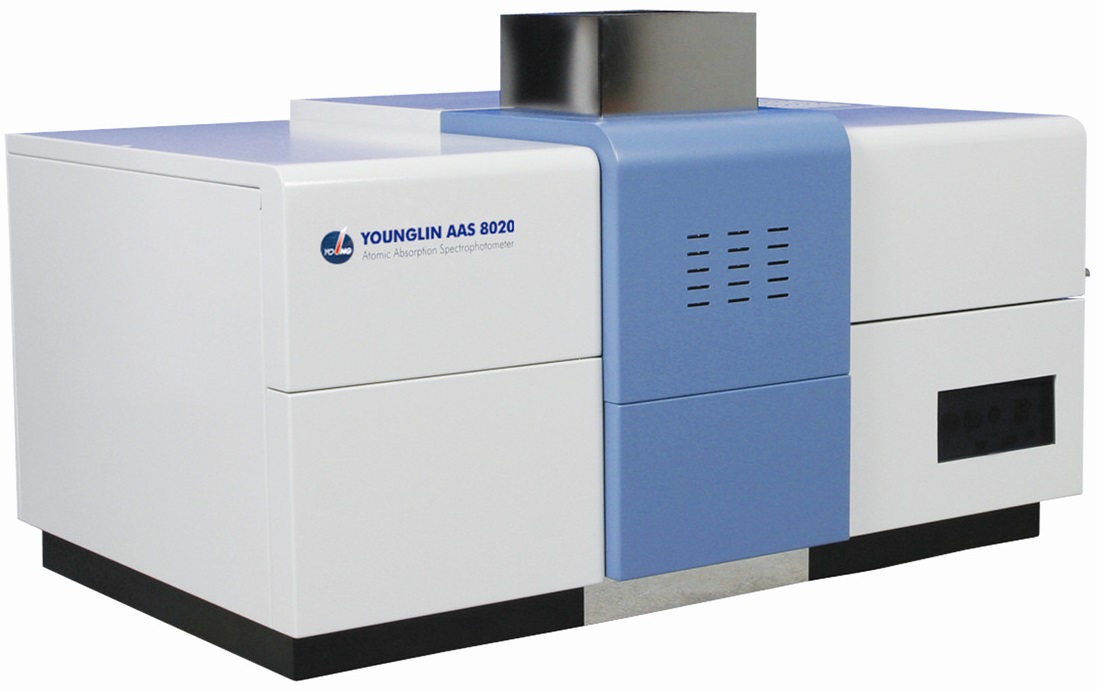AAS is used to measure the concentrations of components in a sample. It is based on the principle that the atoms of each element absorb a specific and unique frequency of radiation. The concentration of a component in a sample can be calculated using a calibration curve. Atomic absorption spectroscopy usually Called AAS is an analytical technique used to gauge the concentrations of components in a sample. It is incredibly sensitive and may even find down to micrograms μg.

- Clinical evaluation – It is used to analyse the metal found in biological fluids, such as blood and urine
- Environmental evaluation – It may be used to detect the levels of specific elements in rivers, drinking water, air, gas, and even beverages
- Pharmaceuticals – It is used to find out the amount of catalyst present in the final product on a production process
The atoms of each element absorb A particular frequency of radiation, unique to this component. This technique builds on this understanding and utilizes free atoms in a gaseous state which are generated in an atomizer. The atomic absorption spectroscopy only quantifies the absorption of ground state atoms in this nation. The atoms absorb ultraviolet or visible light and thus transition to higher electronic energy levels. The concentration can then be determined in the quantity of absorption. This is normally done via a concentration curve with criteria into the known concentration. There are five main elements of AAS, Light source, Nebulizer, Fuel atomiser, Monochromator, Detector.
For the light source, hollow Cathode lamps are the most frequently used. The anode is tungsten and the cathode is hollow and cylindrical in shape. These cathodes are then sealed in a glass tube that is full of an inert gas, such as neon or argon. The nebulizer is Used to ‘suck ‘ the liquid samples — this has to be done at a controlled speed. This helps create a nice aerosol spray, which is then mixed with a fuel and introduced into a flame. The fuel atomizer divides the particles of the sample into individual molecules and divides these molecules to atoms. This is achieved by exposing the sample to high temperatures from the flame. The aerosol spray and an oxidant are blended and introduced into a fire. The aerosol consists of a colloid of fine solid particles or liquid droplets. But, only 5-15percent of this sample actually reaches the fire, and at least 0.5-1ml of this sample is necessary to provide a reliable reading. Also, samples that are extremely viscous need diluting using a solvent ahead.